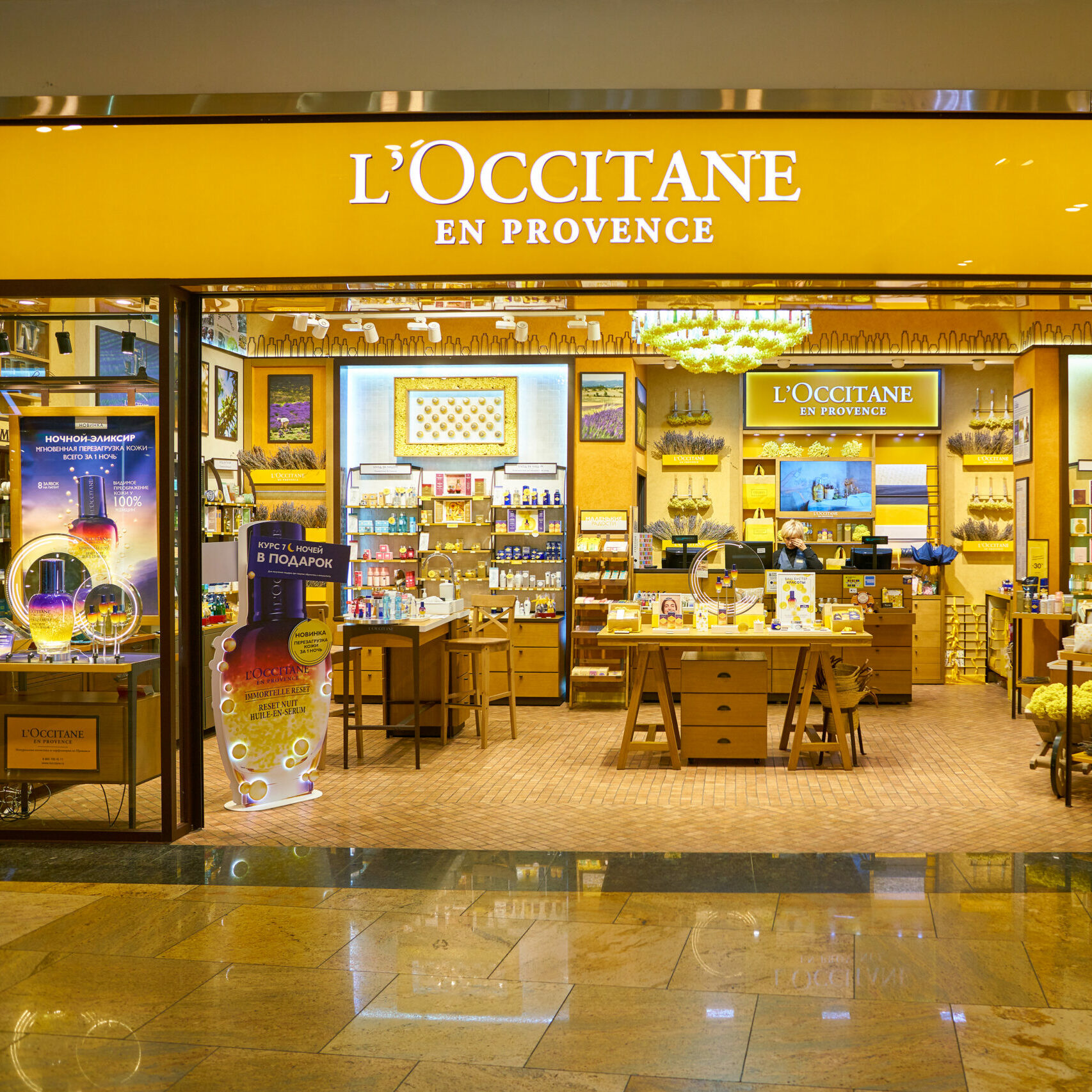Q&A with Mark Shaw, Partner, Wildgen Investment Fund…
How would you assess the regulatory environment in Luxembourg from a PE funds perspective?
Luxembourg’s PE fund regulatory environment is framed by the fact that PE funds fall within the EU’s various directives and regulations, chief among which is the regime under the Alternative Investment Fund Managers Directive (“AIFMD”).
Within that wider framework, there are then degrees of regulation available to promoters of PE funds, from unregulated sub-threshold AIFs with a registered AIFM, reserved alternative investment funds (RAIFs) with an authorised and regulated AIFM, through to specialised investment funds (SIFs) or investment companies in risk capital (SICARs), which have an AIFM but the vehicles themselves are also regulated by the CSSF.
The CSSF is a pragmatic but also robust regulator, maintaining an open dialogue with the industry, ESMA and its peers. It’s fair to say that the CSSF suffered from a reputation for being slow and inaccessible in the past, but this is a very outdated view. Added to which, many of the more common routes to market for PE funds in Luxembourg avoid the longer processes for authorisation of a manager or fund vehicle.
As a consequence, from a global perspective, Luxembourg offers the maximum possible regulatory flexibility for PE fund structuring.
Could you outline what the main legal vehicles are for those PE managers who are thinking of launching funds out of Luxembourg?
PE funds can be structured using pretty much any corporate form, and Luxembourg offers a wide variety for structuring flexibility. Typically, the vehicles are structured as partnerships (i.e. société en commandite par actions (“SCA”), société en commandite simple (“SCS”) or société en commandite spéciale (“SCSp”)) with a general partner typically being a société à responsabilité limitée (“Sàrl”).
The SCSp is worthy of particular note, as it is still relatively new (introduced in 2013), but is the entity that most closely resembles the Anglo-Saxon limited partnership that has been used in the UK, Delaware and most offshore jurisdictions. The legal documentation, structure and features are the same, which means that promoters with existing partnership structures in these markets can quickly adapt to these structures and, of course, the similarities also ensure that investors’ legal due diligence can be completed quickly.
What are the main differences between an SNC, an SCS and an SCSP?
All three partnerships, the société en nom collectif (“SNC”), the SCS and the SCSp are commercial companies, which are set up under private deed with no minimal share capital and requiring at least two partners for the SNC and one general partner and one limited partner for the SCS and SCSp.
While in an SNC, all the partners are jointly and severally liable, to an unlimited extent, for all of the SNC’s commitments, in an SCS or an SCSp, only the general partner is jointly and severally liable for all of the partners’ commitments.
The SCSp has no legal personality, so it has no legal form distinct from that of the partners in it, unlike the SNC and the SCS.
Have there been any updates or improvements to the way these legal structures are used by PE groups?
The RAIF is still a relatively new structure (introduced in 2016), and is still considered to be a significant improvement over what went before, as promoters wishing to have a passportable vehicle only had the option of a SIF or SICAR, which need to go through a timely and costly CSSF approval process. As such, promoters now have a fully AIFMD passportable fund that simply needs to be filed with the CSSF. As such, we’ve seen something of a shift away from SIFs and SICARs to RAIFs, although there are still circumstances where the investors being targeted by the promoter will require them to launch a SIF or SICAR.
In order to set-up a SICAR, two criteria must be fulfilled, being (i) an investment risk which is higher than normal business risk; and (ii) the intention to develop and then realise the investment(s). SIFs do not have any set rules as to the types of investments but there are some requirements as to risk diversification, as they cannot, in principle, invest more than 30% of their assets or commitments in the same types of securities issued by the same organisation. RAIFs simply have to adhere to a more general requirement of risk spreading.
Luxembourg unregulated AIFs do not have any restrictions whatsoever and can be set up under private deed.
However, all vehicles qualifying as AIFs (whether falling under the SICAR, SIF or RAIF regimes or even the unregulated AIFs) are still subject to AIFMD, meaning they must appoint a registered or an authorised AIFM, as the case may be.
In terms of updates, the next challenge for PE fund structuring is on the underlying investment level, and promoters need to consider their use of underlying SPV structures. This is something of a global challenge, as it comes as a consequence of the OECDs BEPS initiative and its implementation through the Anti-Tax Avoidance Directive (“ATAD”) in the EU.
What are some of the key considerations that apply to Luxembourg’s funds regime in terms of the time and cost involved setting up one of the above legal structures?
Assuming that your decisions are driven by tax neutrality, cost efficiency and ease of distribution, I would say the starting point would be to consider who your target investors are. At the same time, this should be a consideration around the likely size of the fund. If you are looking below EUR500m then in all likelihood you will be driven towards an unregulated vehicle, since its available to you (above that and you’re pushed into full AIFMD territory) and allows cost efficiencies of not requiring a full-scope AIFM or depositary. You may also avoid the need for a PPM, although this is still advisable. It should be noted that, just because the fund doesn’t have a passport, doesn’t mean you can’t access other EU jurisdictions, it’s just more challenging, as it means that you have to deal with those regulators individually.
Assuming you are pushed into AIFMD territory, the next question is around whether or not your investors would require your vehicle to be regulated as a SIF or SICAR (versus a RAIF). This will have significant time and cost implications for your launch, so you should plan accordingly and also determine whether it is a go/no go point for those investors or simply a preference.
Finally, in terms of tax considerations, this will also need to be considered alongside any underlying SPV structuring, but from a fund vehicle perspective, the legal personality of an SCS may be preferred by some investors, whereas other may prefer the lack of personality of an SCSp. Typically German promoters prefer the SCS and Anglo-Americans prefer the SCSp.
How should a PE manager best approach determining which AIF will likely be the most appropriate choice?
As a starting point, the PE manager should speak to a commercially-minded investment funds lawyer. This is particularly important where the manager wants to launch on a tight schedule, as it will allow the correct structure to be determined quickly. Or, at the very least, it will allow the manager to consider the pertinent structuring issues against its target market.
The investment funds lawyer should also loop in their tax colleagues at the earliest opportunity, as this is a critical element to fund structuring and has increased in complexity with the introduction of ATAD.
Mark Shaw
Partner, Wildgen Investment Fund
Partner Mark Shaw joined Wildgen Investment Fund team in 2018. He specialises in the structuring and distribution of regulated and unregulated funds, and has experience across the liquidity spectrum. While Mark specialises in funds, he is also responsible for representing the firm in the UK (Head of Wildgen London Representative Office), assisting clients across the full range of matters of Luxembourg law, including matters relating to Brexit.






